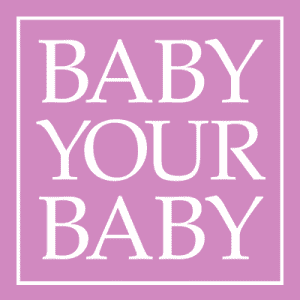Sometimes, when a woman is nearing the end of her pregnancy, she may choose to have her labor started (induced) rather than waiting for labor to begin on its own.
Elective labor induction isn’t always best for your baby. Inducing labor before you are at least 39 weeks along in your pregnancy (one week away from your due date)—or before your cervix is ready—has risks. Your care provider should follow the guidelines described here to help determine if and when elective labor induction is okay for you and your baby.
The American College of Obstetricians and Gynecologists (ACOG) is a professional organization for doctors who deliver babies. The following guidelines are based on advice from this organization. Your healthcare provider should use these guidelines to make a safe decision about whether or not an elective induction is right for you and your baby. If you don’t meet these guidelines, your healthcare provider may recommend letting labor take its natural course.
Before inducing labor:
- Your healthcare provider must confirm that you have not previously had a cesarean delivery (C-section) or major surgery on your uterus.
- Your healthcare provider must be certain of your due date to prevent starting labor too early, before your baby is fully developed.
- You must be at least 39 weeks along in your pregnancy.
- Your cervix must be soft and ready to open (dilate). Your provider can tell this by examining your cervix to determine the cervix’s readiness for labor.
Source: Katrina Jensen, Perinatal Care Manager, SelectHealth Healthy Beginnings
Learn more:

 Free info for you and your baby! Text BABY to 511411
Free info for you and your baby! Text BABY to 511411